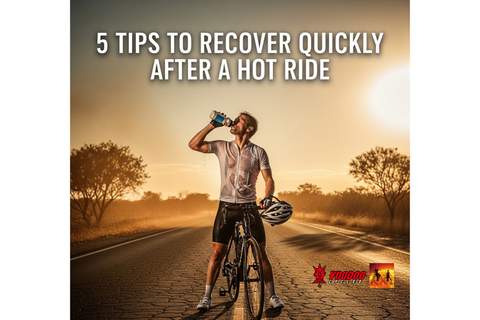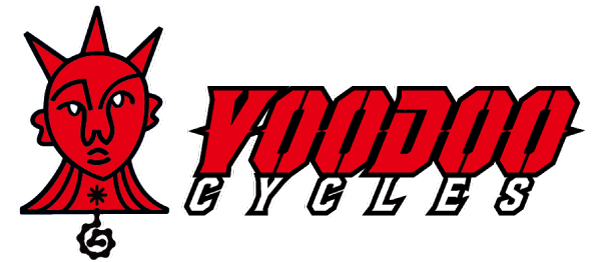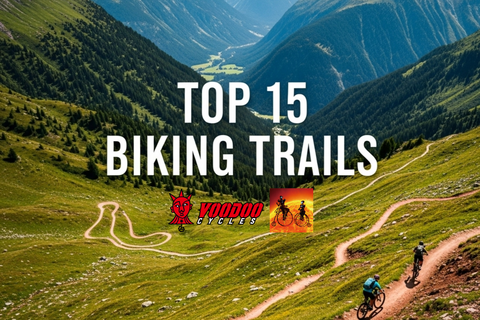Pushing your limits in hot weather cycling presents unique physiological challenges, from significant fluid loss and electrolyte imbalance to elevated core body temperature. Understanding these immediate challenges, including dehydration and muscle fatigue, is the first step toward effective post-ride recovery. Proper recovery is crucial not just for immediate well-being, but for optimizing athletic potential and safeguarding your health.
A thoughtful recovery protocol ensures you replenish fluids and electrolytes, reduce inflammation, and restore muscle and energy stores, preparing your body for the next challenge. This proactive approach supports training adaptation and helps prevent overtraining. In this article, we'll provide 5 essential tips for how to recover effectively after a hot ride, empowering you with actionable guidance to bounce back faster and ride stronger.
After a hot ride, your body’s most urgent need is fluid replenishment. Prolonged sweating leads to significant fluid loss and depletion of vital electrolytes. Ignoring this can result in persistent dehydration, impairing muscle recovery. Therefore, effective post-ride recovery begins with strategic rehydration.
Choose between plain water and electrolyte solutions carefully. While water is essential, after substantial sweat loss, relying solely on it can dilute sodium levels, potentially causing hyponatremia. Opt for recovery drinks with a balanced profile of electrolytes (like sodium and potassium) and carbohydrates for rapid absorption. Aim to consume approximately 150% of the weight lost through sweat over several hours, ensuring optimal absorption and preventing detrimental effects of dehydration.
Tip 2: Implement Rapid Cooling Techniques

After intense exertion in the heat, your body’s core temperature can remain elevated, hindering the recovery process. This sustained heat stress demands immediate attention, making rapid cooling techniques vital. Effectively lowering your body temperature provides immediate relief and accelerates your return to a homeostatic state.
Effective methods include cold water immersion (showers, baths) and consuming cold beverages or icy beverages to cool from the inside out. Practical aids like cooling towels on pulse points also help. Even a few minutes of active cooldown (light spinning) maintains blood flow and helps your body remove heat efficiently. Proactively implementing these strategies alleviates discomfort and mitigates long-term thermal strain, revitalizing you for your next ride.
Tip 3: Optimize Post-Ride Nutrition

Post-workout nutrition is a critical pillar in your recovery protocol after a demanding hot ride. Intense exertion and heat stress deplete energy reserves and can lead to muscle breakdown. Strategically replenishing these stores and providing necessary building blocks for repair is paramount for immediate recovery and long-term training adaptation.
Focus on macronutrient balance, specifically carbohydrates for rapid glycogen replenishment and protein for muscle protein synthesis. Consume a recovery meal or snack rich in both within 30-60 minutes post-ride for optimal nutrient uptake. Avoid alcohol immediately after, as it hinders rehydration strategies and muscle repair processes. Prioritizing thoughtful post-workout nutrition empowers your body to bounce back faster and sustain consistent performance.
Tip 4: Embrace Rest and Quality Sleep

Rest and quality sleep are potent tools for comprehensive post-ride recovery, especially after battling hot weather. During deep sleep, your body releases vital hormones like growth hormone and testosterone, instrumental in muscle repair processes and training adaptation. Neglecting adequate sleep severely impedes these restorative functions, leading to chronic fatigue and diminished performance.
Hot rides can disrupt sleep due to elevated core body temperature. Implement cooling techniques before bed, like a cool shower, to aid sleep initiation. Optimize sleep hygiene with a consistent sleep schedule and an ideal sleep environment. Strategic napping can also boost your recovery protocol. Prioritizing restorative sleep empowers your body to fully recover, ensuring you wake up refreshed and ready for your next challenge.
Tip 5: Utilize Active Recovery and Muscle Care

After a tough ride in the heat, recovery goes beyond just hydration, food, and sleep. Active recovery and targeted muscle care can make a big difference in how fast you bounce back.
Light activities like a walk or easy spin boost circulation without adding stress. Pair this with tools like foam rollers, massage guns, or compression gear to relieve tight spots and reduce soreness.
At Voodoo Cycles, these recovery practices aren't just theory — they’re part of our routine. Whether it's a post-ride foam rolling session or a light recovery spin the next morning, our team regularly uses these methods to stay strong, prevent injury, and maintain peak performance. We’ve found that staying consistent with recovery techniques plays a big role in keeping us on the trail longer and feeling our best after every ride.
Conclusion
Navigating the challenges of hot weather cycling demands a comprehensive approach to recovery. The five essential tips—immediate rehydration, rapid cooling techniques, optimized post-ride nutrition, embracing rest and quality sleep, and utilizing active recovery and muscle care—form the bedrock of effective post-ride recovery. Each element plays a crucial role in mitigating physiological stress, from combating dehydration to facilitating muscle repair processes.
By consistently applying these strategies, you invest in your long-term athletic recovery and performance optimization. A holistic approach ensures your body adapts to training stress and prevents overtraining, maintaining peak condition. Recovery is an integral part of your training, empowering you to ride stronger, safer, and with greater enjoyment, even when temperatures soar. Embrace these tips, listen to your body, and push your limits with confidence.












